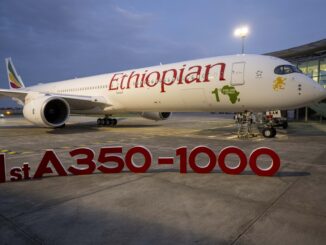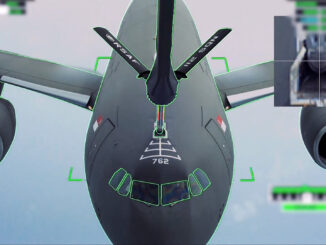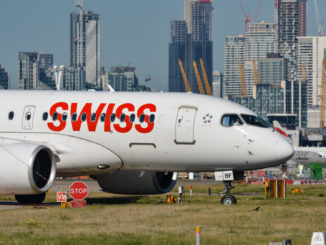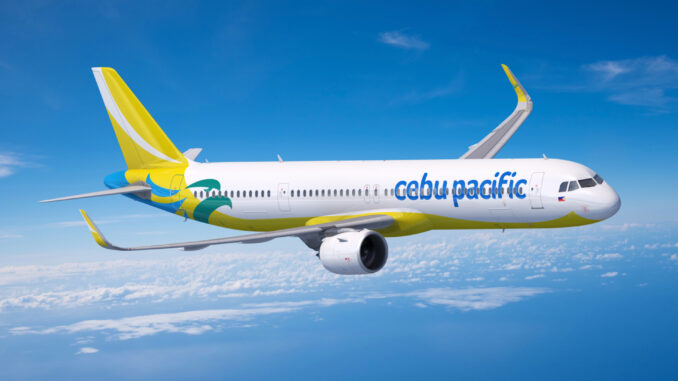
Manilla-based low-cost carrier Cebu Pacific has confirmed an order for 70 Airbus A321neo airlines firming up an MoU it signed in July.
The selection of the A321neo will help the airline reduce operating costs and help to reduce the airline’s carbon footprint and become more sustainable.
Cebu Pacific already operates 61 A320 family aircraft on its regional network as well as nine A330s on its high-density routes.
Speaking about the order Mike Szucs, CEO of Cebu Pacific said: “This milestone signals our ongoing dedication to expanding air travel accessibility and affordability while supporting the Philippine’s broader economic growth and connectivity goals.”
Benoît de Saint-Exupéry added: “The A320 Family has supported Cebu Pacific’s domestic and short-haul international network growth over the last two decades. We’re grateful to the airline for its continued endorsement of our best selling single-aisle product line. The A321neo is highly regarded for its unparalleled economics, performance and fuel efficiency. We’re confident that these additional A321neo aircraft will contribute strongly to the all-Airbus operator’s next phase of expansion as one of Asia-Pacific’s leading low cost carriers.”
This order brings the total number of aircraft on order for Cebu Pacific with Airbus to 94 A320 family aircraft and seven A330s.
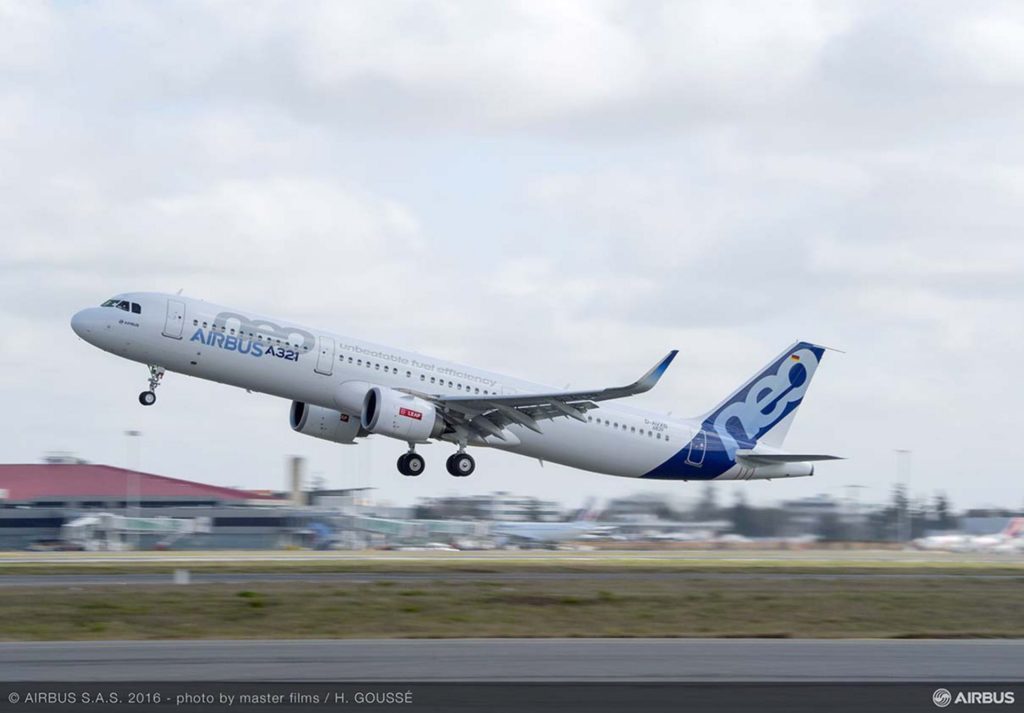
Airbus A321neo Fact Sheet
General Overview:
- Manufacturer: Airbus
- Type: Narrow-body, twin-engine jet airliner
- First Flight: February 9, 2016
- Entered Service: 2017
- Family: Part of the Airbus A320neo family (New Engine Option)
Dimensions:
- Length: 44.51 meters (146 ft)
- Wingspan: 35.80 meters (117.5 ft) with Sharklets
- Height: 11.76 meters (38.6 ft)
- Wing Area: 122.6 square meters
Capacity:
- Seating:
- Typical 2-class configuration: 206 passengers
- Maximum capacity: 244 passengers
Performance:
- Range:
- Up to 7,400 km (4,000 nautical miles)
- Extended range variant (A321XLR): up to 8,700 km (4,700 nautical miles)
- Maximum Takeoff Weight (MTOW): Up to 97,000 kg (213,848 lb)
- Maximum Cruising Speed: Mach 0.82 (876 km/h or 544 mph)
- Engines:
- CFM LEAP-1A
- Pratt & Whitney PW1100G
Fuel Efficiency:
- Fuel Burn: Approximately 15% lower than previous generation A321 aircraft due to new engines and aerodynamic improvements.
Features:
- Advanced Aerodynamics: Incorporates larger wingtip devices called “Sharklets” to reduce drag and improve fuel efficiency.
- Noise Reduction: Engine and aerodynamic improvements result in quieter operations, making it suitable for noise-sensitive airports.
- Cabin Comfort: Features the Airbus Airspace cabin, providing passengers with larger overhead bins, LED mood lighting, and improved seat ergonomics.
Avionics and Technology:
- Fly-by-Wire: Fully digital fly-by-wire system for better flight precision and reduced pilot workload.
- Advanced Navigation and Communication Systems: Equipped with the latest avionics for more efficient flight management.
Environmental Impact:
- Emissions: Up to 20% reduction in CO2 emissions compared to previous generation aircraft.
- Noise Footprint: Significantly lower, contributing to more environmentally friendly operations.
The A321neo is favoured by airlines for its excellent fuel efficiency, long-range capabilities, and versatility for both short-haul and long-haul operations.


